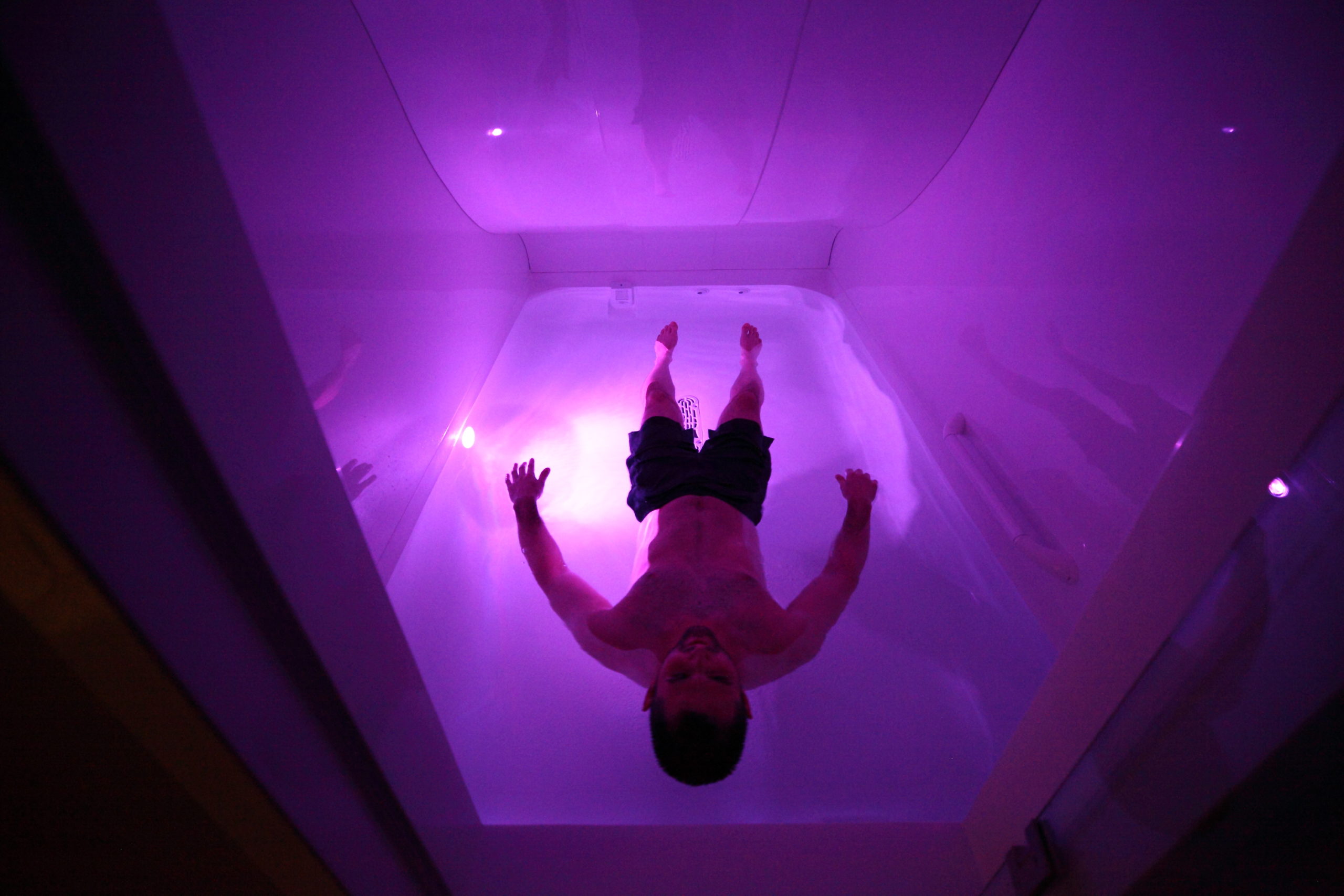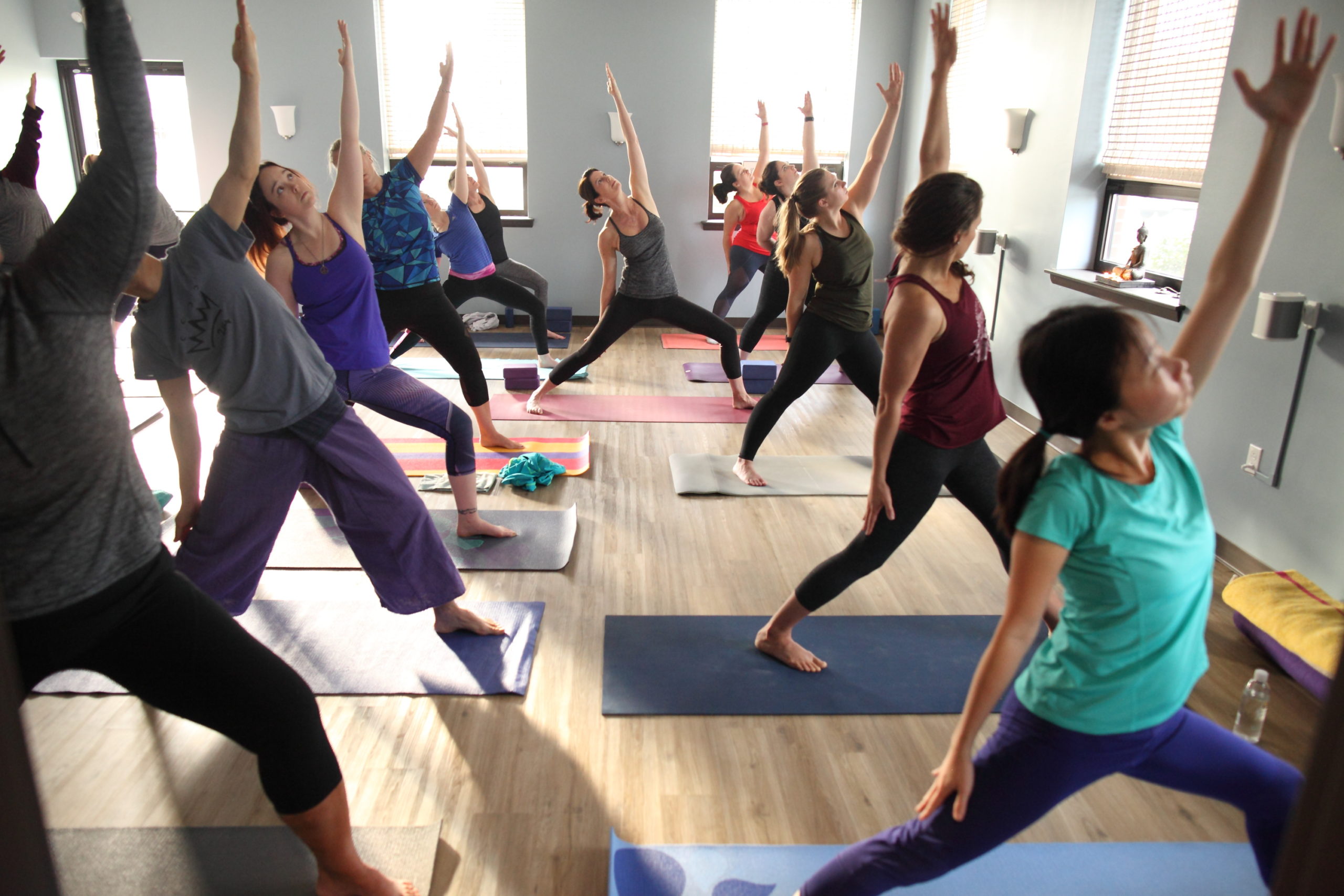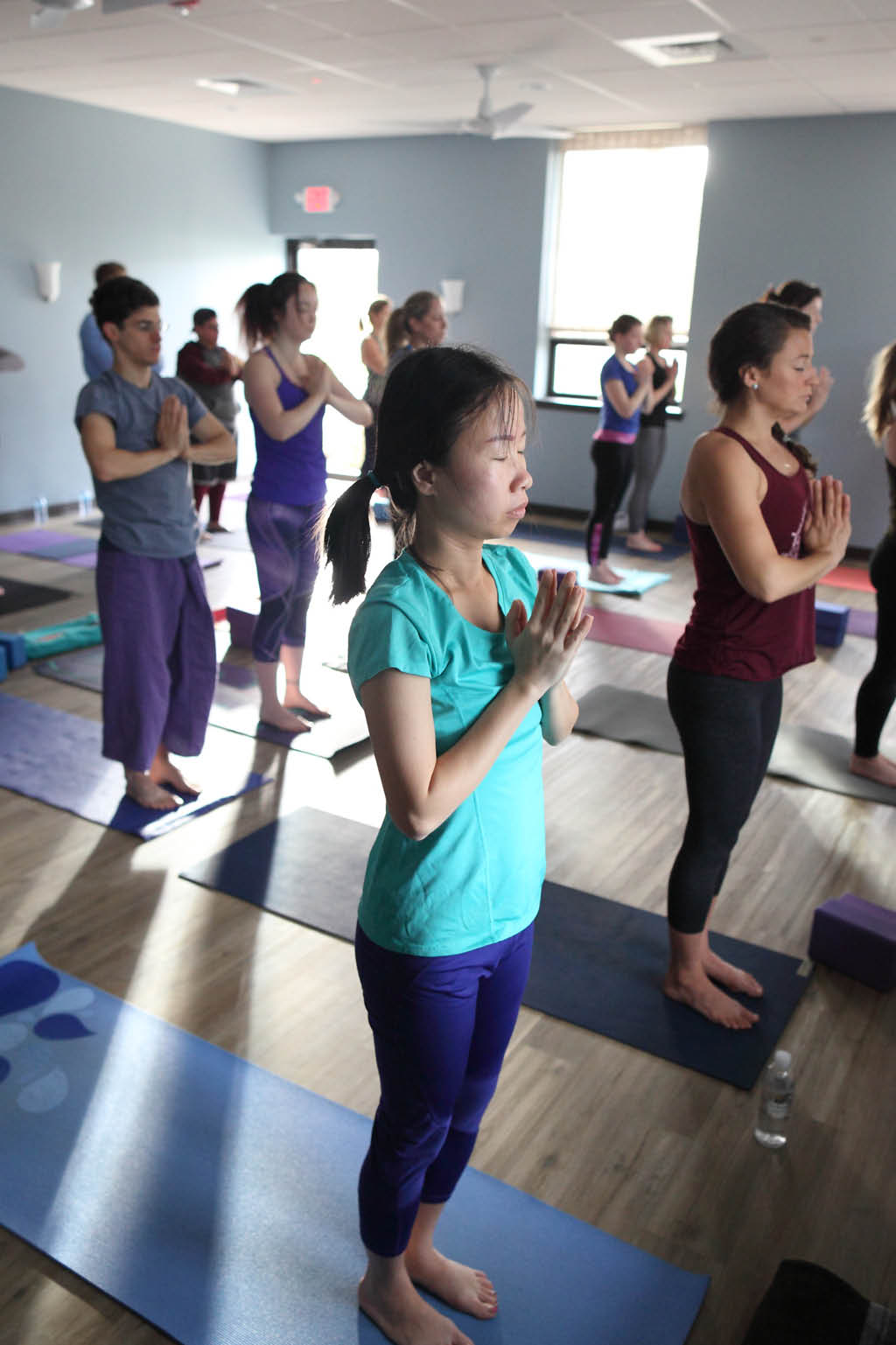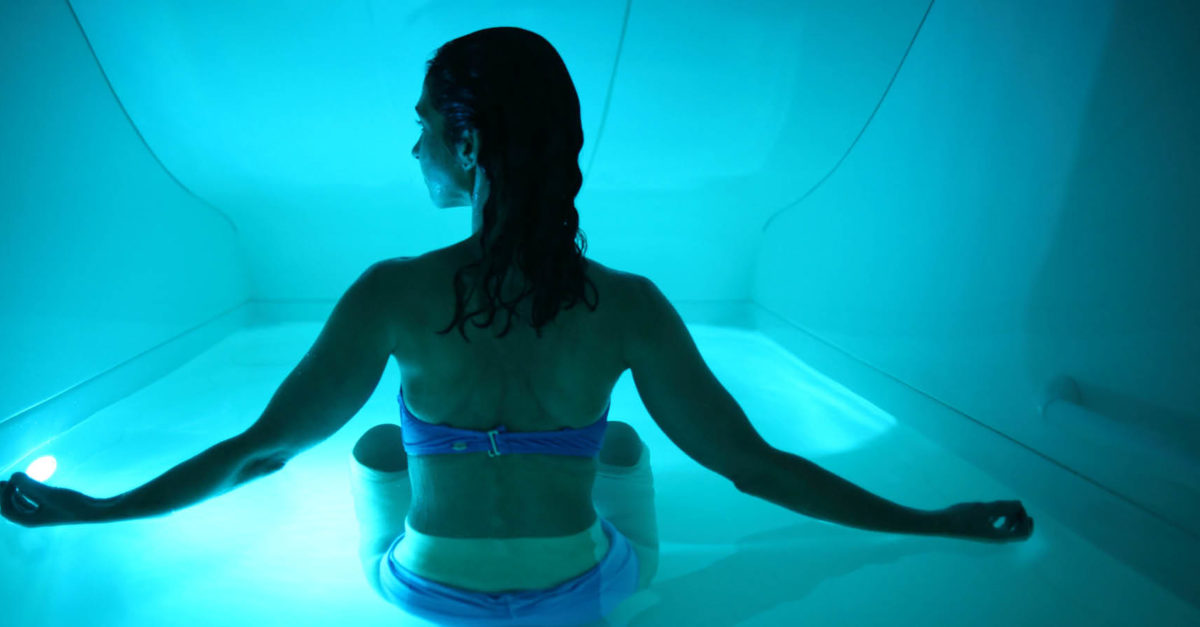Finding Strength at Stillpoint
Twenty years ago, Dianne Rutstein was recovering from cancer when she started regularly practicing meditation in an effort to calm her anxious thoughts. This led to her discovery of yoga, through which she regained her strength and found peace within the movements of this practice. With her local yoga studio on the verge of closing its doors, she decided to take a chance and save it herself.
What brought you to your first yoga class?
I was suffering from PTSD and anxiety after all I had been through with my cancer, and I was seeking a way to heal. I first tried a yoga class that was being offered above my local health food store, and it ended up not being a very positive experience, but I recognized that there was something meaningful to it. I was in New York at the time and tried going to different locations around the city, but it wasn’t until I was back in the Philadelphia area that it really clicked for me.
How did it become your go-to workout?
While I’ve always enjoyed a walk or run outdoors, dancing, or the gym, yoga brought such a calming focus to my life. I was sleeping better, my body felt better, and my mind was certainly in a healthier place. My strength and flexibility were at a new level, and it opened up other fitness avenues for me as well. I’m glad I had the courage to give it another shot.
What are the benefits of practicing yoga?
Yoga increases strength, flexibility, and balance. As we age, it’s important to continue strengthening our cores. All of the movements and poses (like the Warrior series) work your core just by making you focus on proper alignment. Building strength in this area helps to keep you strong and protect your back, a common area we see injury and pain in. When you feel your best physically, it tends to help you feel your best mentally, too.
People ask if they will lose weight with yoga, and I always feel that it’s not the purpose, historically speaking, but the benefits you start to see and feel in your body tend to lead you to a healthier lifestyle. Mentally, when you really stay present within the movements and feel what’s happening in your body, it can be quite an empowering experience. Yoga is all about pausing and appreciating the stillness. The physical movement (asana) and meditative breathing (pranayama) are just two aspects that make up yoga, but there is so much more that is truly fascinating to learn.

Describe the journey that led you from student to owner of Stillpoint Yoga and Float:
There’s a bit of a long history here. I had always been on the path to entrepreneurship, which started in college as I was studying fashion merchandising. I took a corporate job in New York after graduating, with the purpose to soak up as much business knowledge as possible to eventually open up a retail boutique. Once yoga entered my life, it all shifted. As a cancer survivor, I felt my long-term path was to bring healing to others. I was back in Philadelphia after a few years away, and I began practicing at Stillpoint in King of Prussia, Pennsylvania. I had developed a close friendship with the owners of the studio, who helped direct me to yoga teacher training and thought I had potential as a studio owner. Soon after, they were needing a change and were looking to close the studio. I was pregnant with my first son, but I decided to take the leap and take over because I loved the community so much and couldn’t imagine going anywhere else. At the time, my corporate job consisted of a lot of travel and long hours, which wasn’t something I wanted to continue doing. It all seemed to fall into place at the right time.
What was it like to suddenly be an owner of a growing fitness business?
Owning your own business is a 24-7 job, and it requires a lot of dedication to keep it afloat. The difference I felt right away between the studio and my corporate life is, even though it can sometimes be longer hours, there’s more flexibility. I care about my clients and I care about the staff, and I just want the experience to be the best it can be. When I see happiness in a client’s eyes or in their movements, I know that we are making real life changes, so it makes it all worth it.
Would you go into more detail on how the studio’s offerings expanded to include floatation therapy?
When I had taken over ownership of Stillpoint, I knew that I eventually wanted to grow what we were offering. I started floating myself upon recommendations from friends after a back injury, and it was as if a light bulb went off. That time to yourself to feel utter relaxation is a gift I had never quite experienced before. Floating is an entirely new level of healing for muscles and restoration of the mind. It took at least three years to make it happen at Stillpoint, with several bumps in the road, but the reward is seeing the joy our clients have.

How does floating differ from traditional meditation?
I think there are so many forms of meditation: sitting in your car for a moment in silence, taking a walk as you focus on your breathing, or even just taking deep breaths in the shower are all meditative. Any time you allow yourself to breathe and avoid distractions is so important. Traditional meditation as we know it (or have seen images of)—sitting cross-legged or chanting—is incredible if you are able to do it. We encourage everyone to realize the small moments during regular days that are meditations they may not even appreciate.
Why should people try floatation therapy?
It has so many benefits. Floating, much like yoga and meditation, helps to lower your cortisol levels—your stress hormones. It can also help improve your sleep patterns, and people who float (including myself) have reported higher-quality sleep. The magnesium levels in the Epsom salts help with pain and soreness in muscles and joints. We have many runners and athletes who enjoy a float on their off days for healing. For me, floating is my private meditation time and the best way that I am able to practice it. The extra benefit is that you are not working against gravity. Floating here is like being in the Dead Sea: you do no work in your body to float in our pools. That in itself is helpful for clients because people can experience various levels of pain sitting or lying, and it can be hard to find a comfortable spot to just be. Floating also eliminates distractions. It’s just you with no phone and no lights or sounds (unless you choose to have them). It’s time you put aside to have just for yourself. It’s honestly an experience I wish for everyone to try—I have no doubt it would significantly change how we function as human beings.
For more info, visit stillpointyogafloat.com. Photography by @doyoushoot (pano k photography). Interview with Dianne Rutstein.









